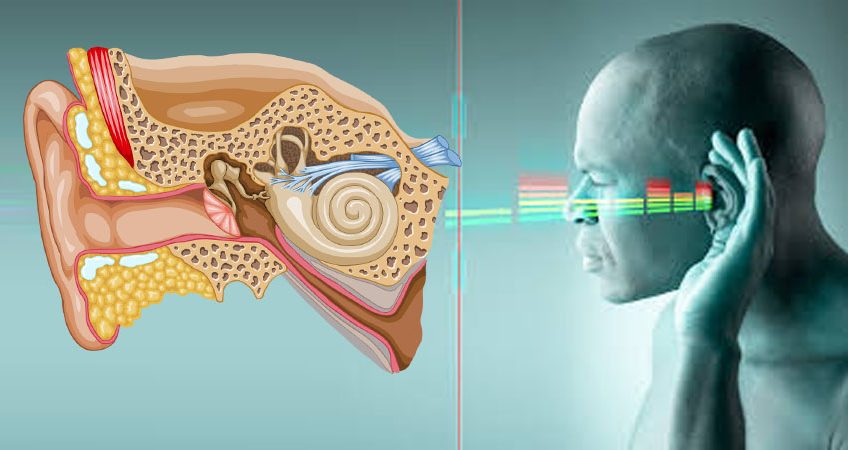Here you can find some of the common Hearing Loss is expressed below:
Ear Infection
One of the most basic and treatable causes of hearing loss is ear infection. Also called Otitis Media, ear infections involve inflammation of the middle ear. In the acute stages, a cold or allergies lead to mucus build up and the blockage of the Eustachian tube. This tube within the ear allows for drainage from the middle of the ear and maintains the pressure equilibrium. When it becomes blocked with fluid and bacteria, the bacteria can then multiply and continue the cycle. Depending on the thickness of the fluid, hearing loss ranges from 24 to 45 decibels. Ear infections are usually treated with antibiotics and will clear up within 10 days.
Ruptured Eardrum
If an ear infection goes too long untreated, the buildup of pressure in the middle ear can cause a ruptured eardrum. Other causes of rupture include barotrauma, when the pressure is unbalanced between the middle ear and the outside air, foreign objects in the ear, or most commonly, loud sounds. The eardrum acts as the all-important barrier between the middle and external ear. It is made up of three layers – a thin, mucousy membrane inside, a rigid middle layer, and an outer layer of skin. When the pressure builds, a tear can form in the layers, resulting in possible drainage. Sounds can no longer move through the ear, therefore causing hearing loss. Most perforations will close independently, however surgery is necessary in some instances.
Inner Ear Damage
Damage to the inner ear allows for hearing loss to occur slowly over time. The inner ear is often called the vestibular system and includes tiny hairs on the cochlea used for hearing. There are rows of outer hairs that determine softer sounds and differentiate between similar sounds. The inner hairs conversely pick up on loud sounds. When overly exposed to loud sounds, the hairs break down, and the nerve cells are no longer stimulated. Hereditary abnormalities may also make some more prone to the breakdown of hairs than others. Unfortunately, once gone, these hairs cannot be regrown, so treatment often includes hearing aids to rectify the problem.
Excessive Earwax
Hearing loss may occur due to the buildup of earwax. Though usually temporary, wax can provide a blockage in the ear canal and cause hearing loss. The ear canal produces cerumen, also known as earwax, which helps block foreign objects such as dust and microorganisms from entering the ear. The ear does a good job of flushing out excess wax, but when the gland overproduces, wax can harden. Sound can no longer move through the canal, so the wax must be removed. Attempting to remove the wax with a cotton swab may force the substance deeper into the ear. Instead, its best to soften the wax with mineral oil or hydrogen peroxide to help it naturally exit the ear. More extreme cases require medical interference.

